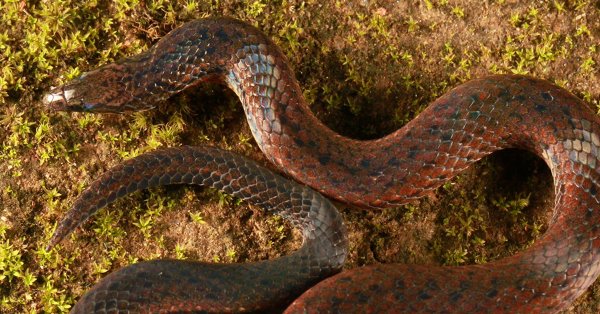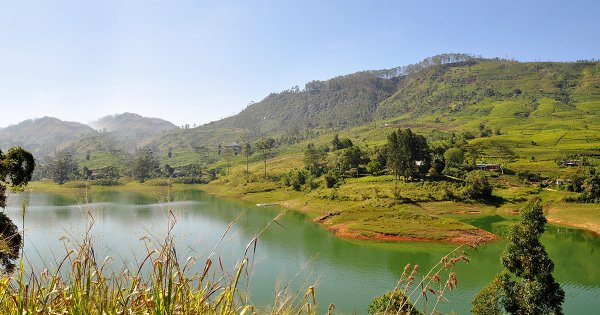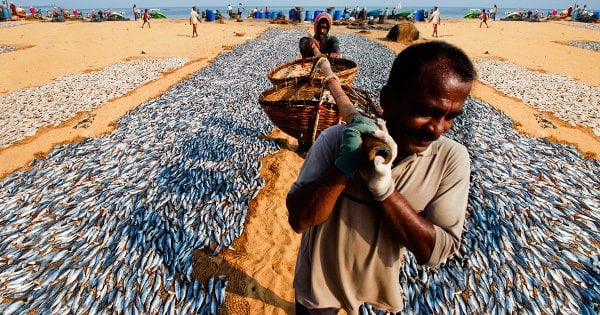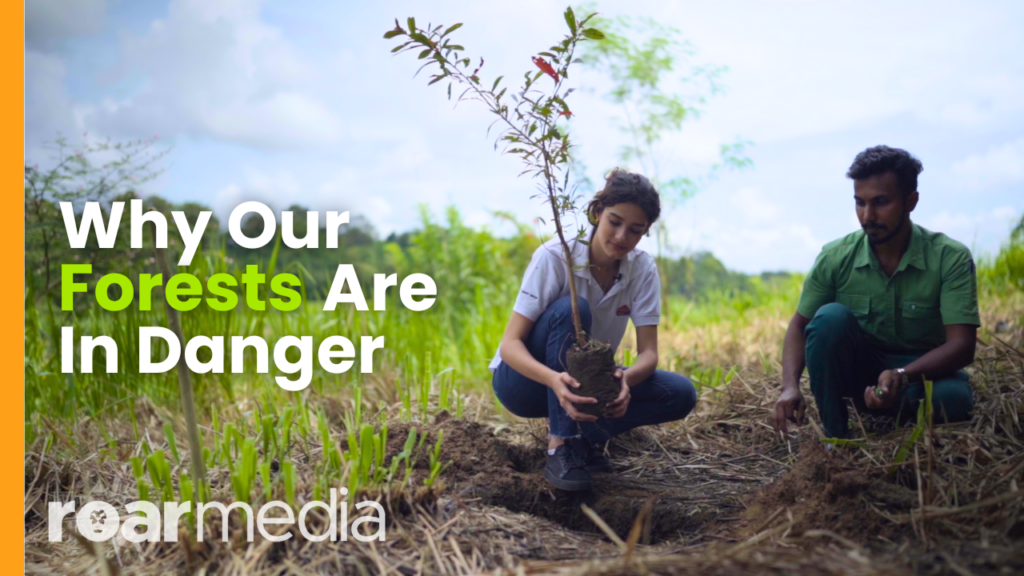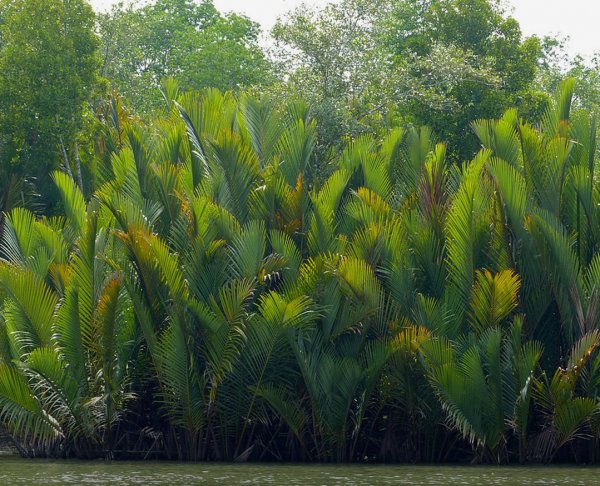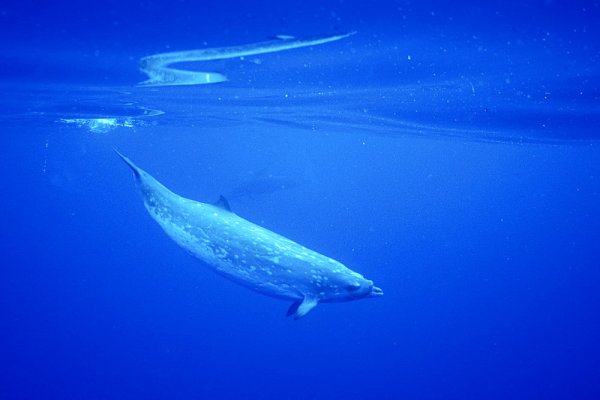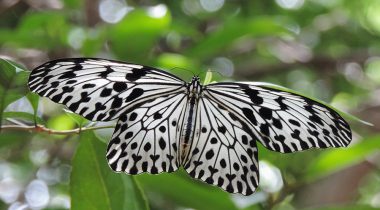
There are approximately 20,000 species of butterflies in total across the world, and they are distributed across all continents except Antarctica. Sri Lanka alone is home to 245 different species of butterflies ‒ out of which 26 species are endemic, while the rest of them are migratory butterflies who travel to the island throughout the year. A majority of these butterflies can be found in the foothills up to 3,000 feet above sea level, while a much smaller group of them are found above 4,000 feet, and a handful of butterflies are restricted to the low dry zones, less than 500 feet above sea level.
Butterflies are highly observed in Sri Lanka during the southwestern monsoon (from March to May) and the northeastern monsoon (from October to January, depending on wind direction).
The Butterflies Of Sri Lanka
The distribution of butterflies in Sri Lanka is determined by the climate, topography, and latent geology of the island. Common butterflies can be found throughout a range of climate zones, depending on the variety of plants available there. Regardless of climatic and monsoonal factors, butterflies like the white four-ring, common jezebel, and plain and glassy tiger are butterflies that can be easily observed throughout the year in Sri Lanka. Some other species of butterflies, however, require an abundance of a particular vegetation in a specific climate zone, as they depend on those for survival. Butterflies such as the Ceylon palmfly, jewel four-ring, and Tamil tree brown are species that are restricted to particular areas of the island due to their feeding patterns.
Although the butterfly population in Sri Lanka is distributed in all the climate zones of the island, it is rapidly decreasing in numbers.
In recent times, butterflies have been facing various threats, mainly due to loss of habitat and an increasing number of human activities on the island.
The following is a list of five endemic butterflies of Sri Lanka, each one special in its own way, and each one in need of protections:
Ceylon Rose (Pachliopta jophon)
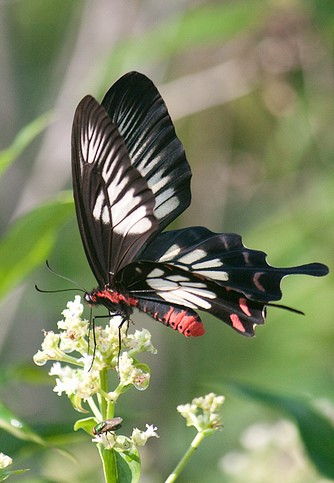
The beautiful Ceylon rose is a very rare swallowtail butterfly that can only be found in Sri Lanka. Image credit: Dhammika Heenpella
Mostly found in the evergreen rainforests of the central hill country in the south-west of Sri Lanka, the Ceylon rose is a very rare and endangered swallowtail butterfly that’s endemic to Sri Lanka. Its wings are black, decorated with white streaks, and crimson spots adorn its entire body. The female and male Ceylon roses look similar in colour, but the female has a much broader forewing compared to the male. This species has been reported from the Sinharaja, Kitulgala, Balangoda, and Morapitiya areas. Its primary diet is the nectar of different plants. Rapid deforestation rates have limited the areas of these butterflies’ presence, and the resources they require to survive.
Ceylon Tree Nymph (Idea iasonia)
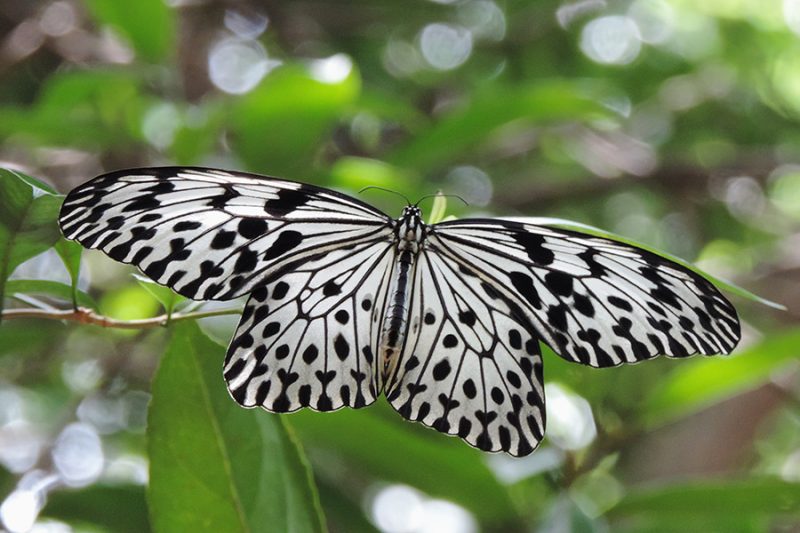
The Ceylon tree nymph lives in deep forests as well as in coastal mangrove swamps, and spends much of its time flying high, coming down to ground level to feed on nectar and to breed. Image credit: Drriss and Marrion/flickr.com
Listed as “vulnerable to extinction” on the National Red List of 2012, the Ceylon tree nymph is the largest of the Danaidae family in Sri Lanka. Often seen gliding, the Ceylon tree nymph’s wings are designed to be able to let it fly with minimal effort. With silvery-white forewings that are larger than its total body length, the female Ceylon tree nymph is comparably larger than the male. The Ceylon tree nymph can be seen in evergreen forests in the wet zones, and sometimes in forests that are close to rivers in the dry zone. A smaller, darker-coloured breed can be seen in lowland tropical rainforests, and a larger, lighter-coloured version near water courses in the dry zones of the island.
Sri Lankan Lesser Albatross (Appias galene)
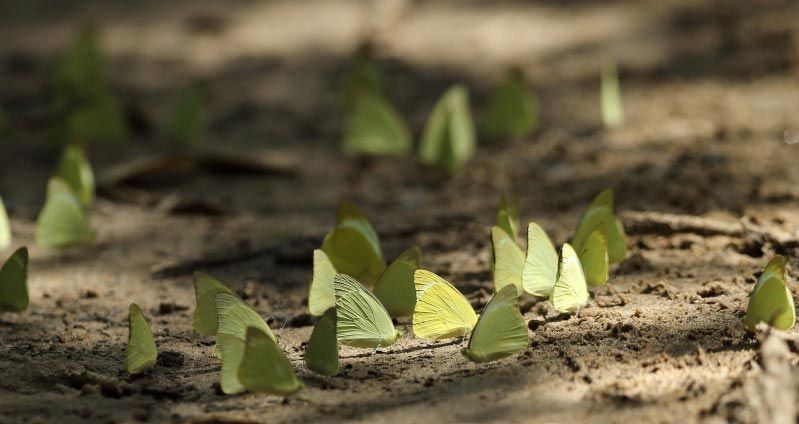
A group of lesser albatross feeding on a mud patch. Image credit: Kithsiri Gunawardena/wilpattu.com
An endemic subspecies of the lesser albatross, the Sri Lankan albatross is another butterfly species that’s at risk of extinction. A decade ago, plenty of lesser albatross were recorded around the island, but their numbers are now limited only to the intermediate to dry zones of the country.
The male Sri Lankan lesser albatross has a dull yellow forewing, apex, and hindwing, different shades of pale colours ranging from yellow to white, and a curved wing. In comparison, the female lesser albatross has a white basal area which extends into a black band on the forewing. This butterfly is commonly seen migrating with other lesser albatross congregations in swarms, and feeds on mud patches and other types of vegetation.
Ceylon Birdwing (Troides darsius)
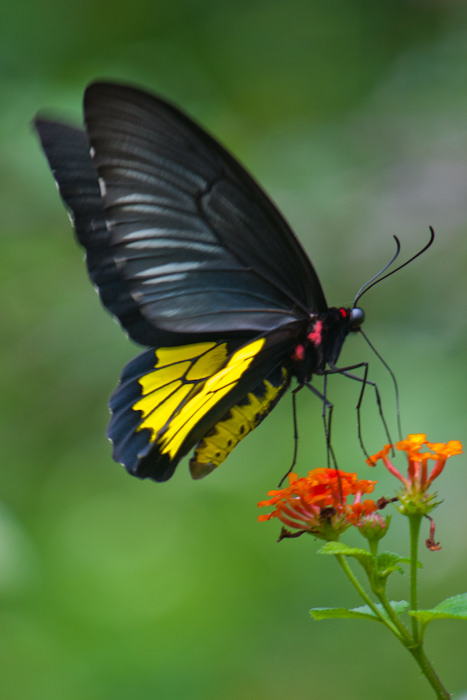
The Ceylon Birdwing is observed mainly around thinly wooded forests of the island except for the far north. Image credit: Dhammika Heenpella
The Ceylon birdwing is Sri Lanka’s one of the largest butterfly species, and is also the national butterfly of the island. It is a rare and endemic species which is categorised under “least concern” in the National Red List of 2012. The male birdwing, like other Troides birdwings, has bright golden-yellow markings on the hindwing, while the female Ceylon birdwing is relatively larger than the male, having a different kind of yellow marking on the hindwing and pale stripes on the forewing. Although they are commonly seen in the thin mountain woods of the island, Ceylon birdwings occasionally can also be found in the lowlands of the country.
Cingalese Bushbrown (Mycalesis rama)
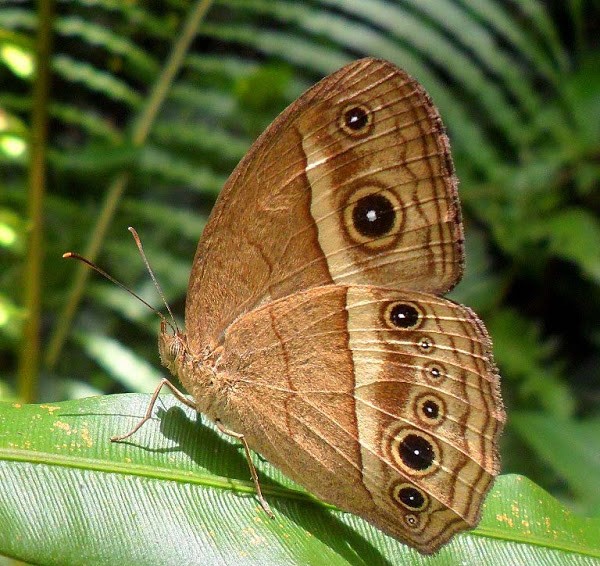
The Cingalese bushbrown is a brush-footed butterfly that can sometimes be spotted in the Sinharaja, Morapitiya, and Bodhingala areas. Image credit: Nuwan Chathuranga/projectnoah.org
Endemic and rarely seen except in bamboo forests in the lower country’s wet zone, the Cingalese bushbrown is yet another butterfly species that’s listed as endangered in the National Red List of 2012 due to an increasing loss of habitat. Light yellowish and brown in colour with eye spots towards the corner end of the each underwing, the Cingalese bushbrown can be seen resting most of the time, rather than flying. The Cingalese bushbrown feeds mostly on ripe fruits, and is rapidly decreasing in numbers.
Threats And Current Conservation Status
According to environmentalist Jagath Gunawardena, the increasing decline of Sri Lanka’s butterfly populations is chiefly due to habitat loss, destruction of larvae feeding plants, pesticides released into the environment, and other forms of environmental pollution caused by humans.
An increasing number of human activities near the rainforests of Sri Lanka, along with illegal logging, expansion for agriculture, and illegal encroachment for human settlement are also recognised as key threats to the above-mentioned endemic butterflies, as well as many others.
These five endemic species are legally protected. This means that anyone involved in butterfly preservation, exporting, or catching for sport, can be punishable by law.
This shouldn’t, however, be the sole reason we endeavour to protect the butterflies of our country. These winged beauties are, after all, a part of our ecosystems, and have as much right to be here and exist in peace, as does any other creature of the island, large or small.
